Temporary contemporary in Lucerne
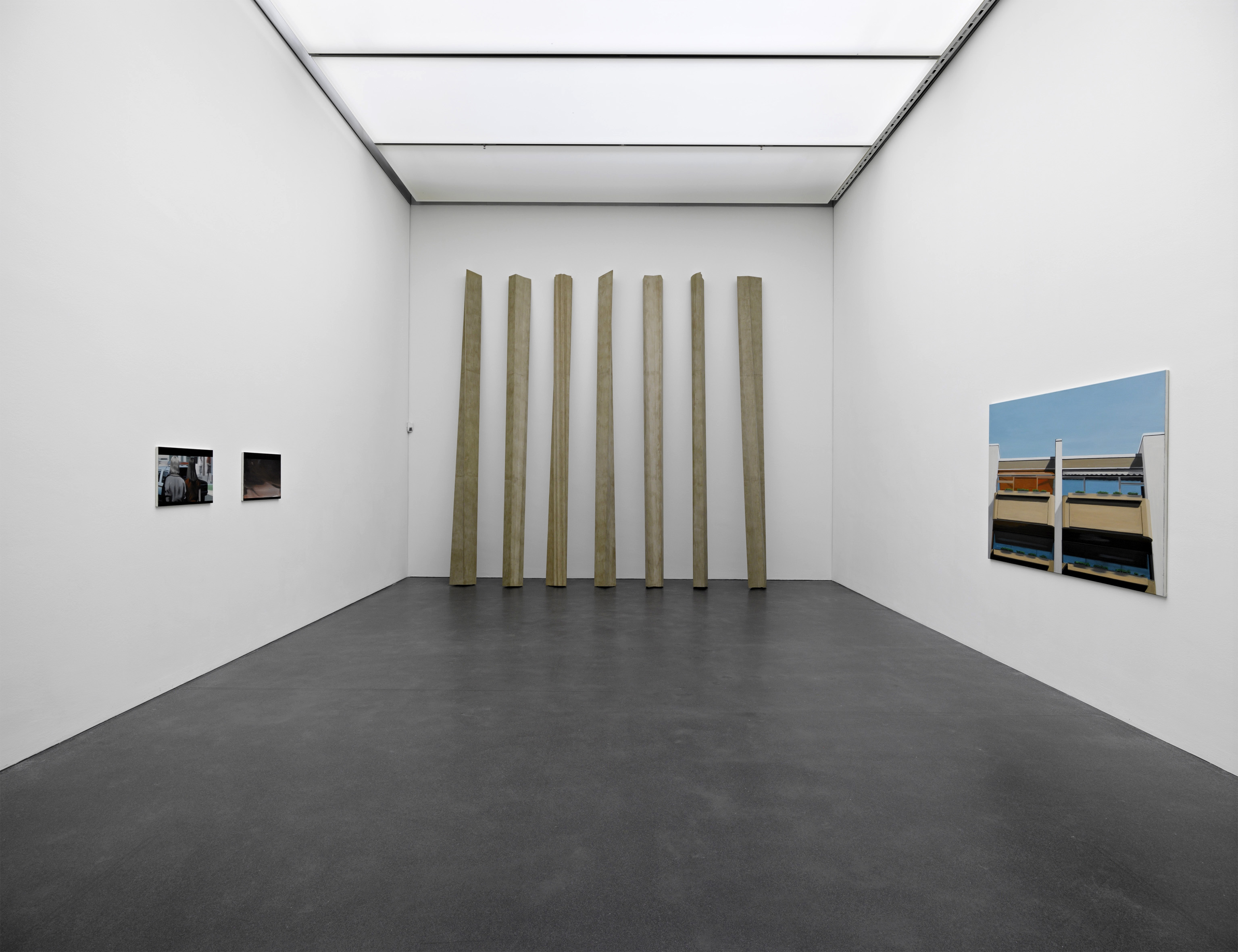
To celebrate its tenth anniversary, the Museum of Art Lucerne morphs into a museum of contemporary art – temporarily, at least.
The theme of its latest exhibition, Reference and Affinity, is art from the 21st century.
“It shows how we’ve developed our collection in terms of contemporary art over the past ten years,” said Peter Fischer, who has served as the museum’s director since 2001.
The exhibition, which opens on Saturday, features more than 50 works by artists from Asia, Australia, Europe, Israel, South Africa and Switzerland.
In addition to paintings and sculptures, there are also a number of video installations. Altogether, the show represents the work of 25 artists organised in ten rooms.
“You might get the feeling, ‘Oh, that one again,’” said curator Christoph Lichtin, “but we strive to keep presenting the works in new formats and contexts.” For example, some paintings have been displayed vertically rather than horizontally. Wooden sculptures designed to hang from the rafters now lean against a wall.
A multi-media selection
A mob of nude men and women shriek and shout as they pelt a lone Chinese man with chunks of bread. Then comes the crowning moment as a woman steps forward and breaks an egg over the man’s shaven head.
It’s a scene from “My America (Hard to Acclimatize)”, a performance by Chinese artist Zhang Huan. The video is one of several on view at the exhibition, creating a truly multi-media experience.
In another room, a large model of an old Hollywood-style camera is perched on a tripod. It points downward, almost sadly, until you realise that it’s “filming” itself with the aid of a reflecting pool filled with real water. The title of the work? “Narziss” (Narcissus) by Swiss artists Caroline Bachmann and Stefan Banz.
Meanwhile, German painter Anton Henning gets a room to himself. Various still lifes and portraits line the walls, yet it’s the colourful “Interieur No. 259” that takes centre stage. Stunning on account of its psychedelic swirls and generous impasto, the oil painting measures 2.2 by 2.5 metres.
Art (museum) history
Previously, the Museum of Art Lucerne was a part of the city’s original art and convention centre. However, the building had structural problems and was demolished in 1996.
The new museum is located on the top floor of Lucerne’s Culture and Convention Centre (KKL) – designed by French architect Jean Nouvel and completed in 2000.
The museum space measures a generous 2,100 square metres (22,500 square feet), and most of the exhibition halls are bathed in filtered daylight coming from above. With their polished concrete floors and white walls, the halls are quite simple – keeping the focus firmly on the artwork itself.
One might think a fresh start in a new building would be an absolutely positive experience, yet that wasn’t quite the case. As Fischer told swissinfo, “For me, the absolute low point was right at the beginning when I came to Lucerne. The museum was close to bankruptcy and it lacked the confidence of the public.”
Today, the situation is much better. “Thanks to the expansion of our art outreach programme and our attractive exhibitions, we were able to manage a turn-around within two years,” said Fischer.
He notes that one of the highlights from those early days was a spectacular live performance by Christoph Rütimann in May 2002. Called “Hangen am Museum”, the artist literally ended up hanging from the copper roof of the KKL. A video of that evening is part of the current exhibition.
Special guestroom
Parallel to “Reference and Affinity” the museum has set up a special project room for art appreciation and education. Freely accessible, it’s a place where museum-goers can learn more about the art on display.
Tables, chairs, a computer and art supplies encourage both individuals and groups to linger.
Many of the works have a corresponding box filled with educational materials like photos, notes and other objects. The project is also a chance for the museum to learn more about its visitors.
“Art outreach is a learning and development process that we’re all involved in here,” said Susanne Kudorfer, head of the museum’s educational programme. She emphasises the importance of creating a dialogue between the museum and its guests.
“One of our questions is: ‘How can we interact more with various people?’ Maybe by learning to listen, and not just by presenting information,” said Kudorfer.
Staff will be on hand to welcome guests to the project room and answer any questions they may have.
Speaking of education, Fischer is looking forward to welcoming his new neighbours.
“The University of Lucerne, which will move into the new building behind the KKL in 2011, will be an asset to the area. The Museum of Art wants to be a part of this new centre,” said Fischer.
Asked about his hopes for the next decade, Fischer said, “My vision for the future is a lively and innovative museum where countless people can contemplate art, for art has a lot to do with us and our times.”
Susan Vogel-Misicka in Lucerne, swissinfo.ch
“Reference and Affinity” – February 27 to June 27, 2010.
Official anniversary celebration: July 10, 2010.
The KKL as well as the museum are hosting an open house with 12 hours of music, art and entertainment. Admission is free.
For those unable to visit Lucerne in the near future, it’s possible to enjoy the museum collection virtually.
Many of its 4,000 works can be examined online. The website features a timeline with highlights dating back to the 1500s.
Visitors can also search by artist, title, material, nationality and other criteria.

In compliance with the JTI standards
More: SWI swissinfo.ch certified by the Journalism Trust Initiative

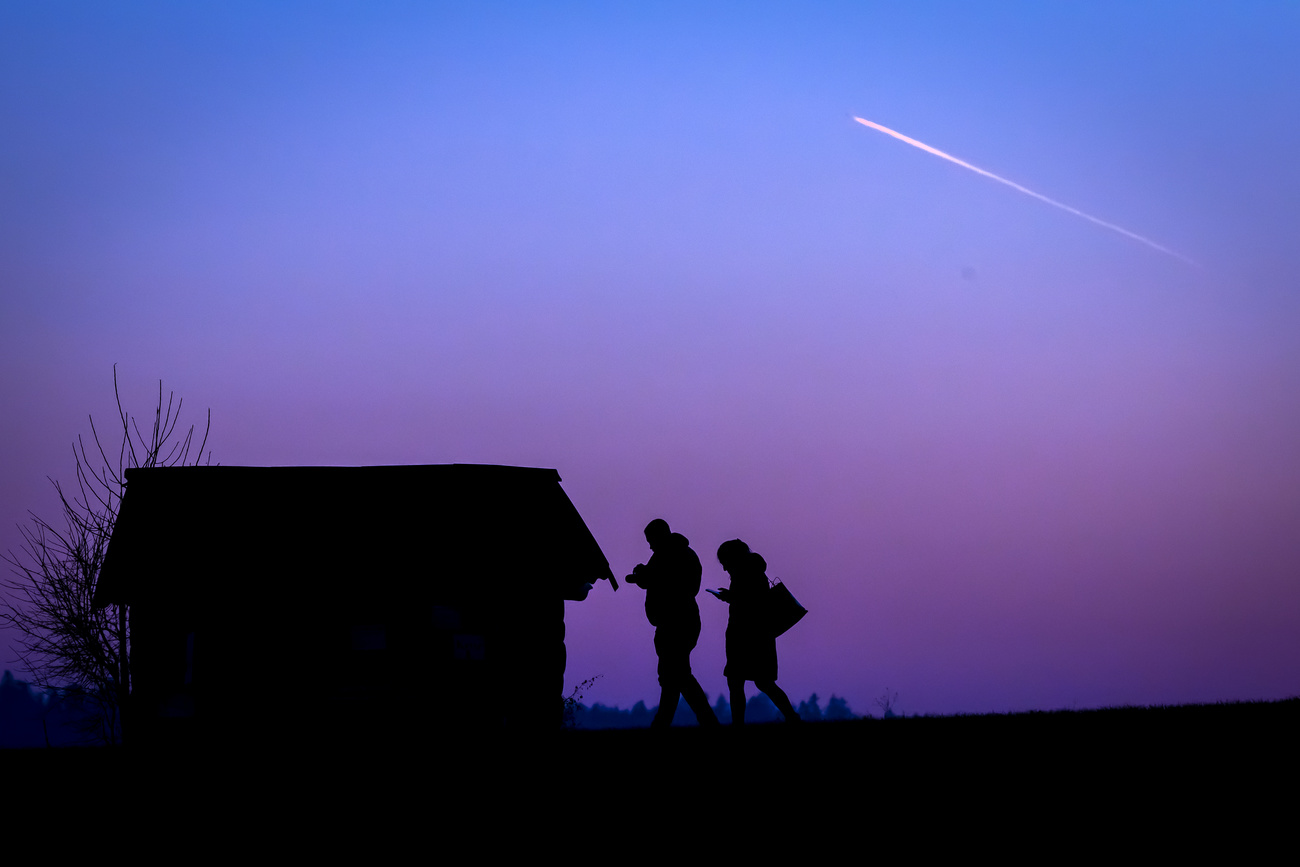
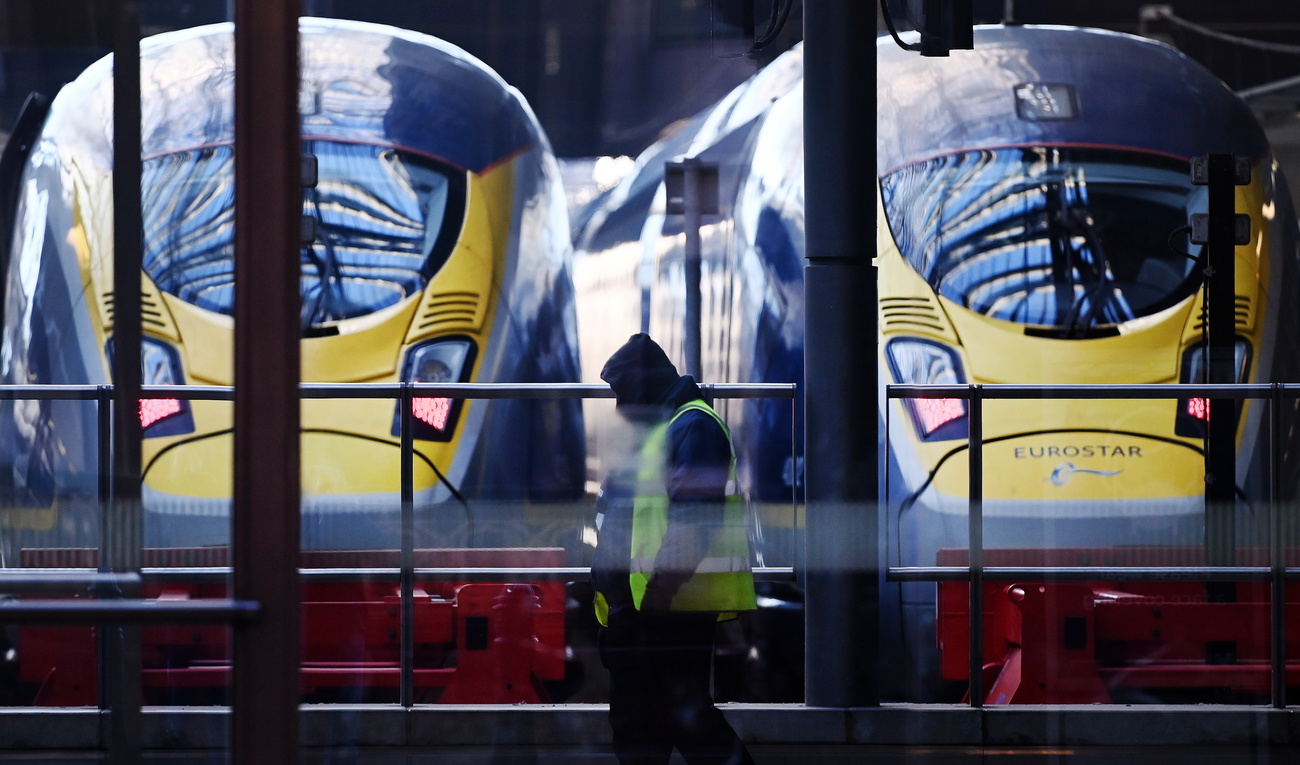


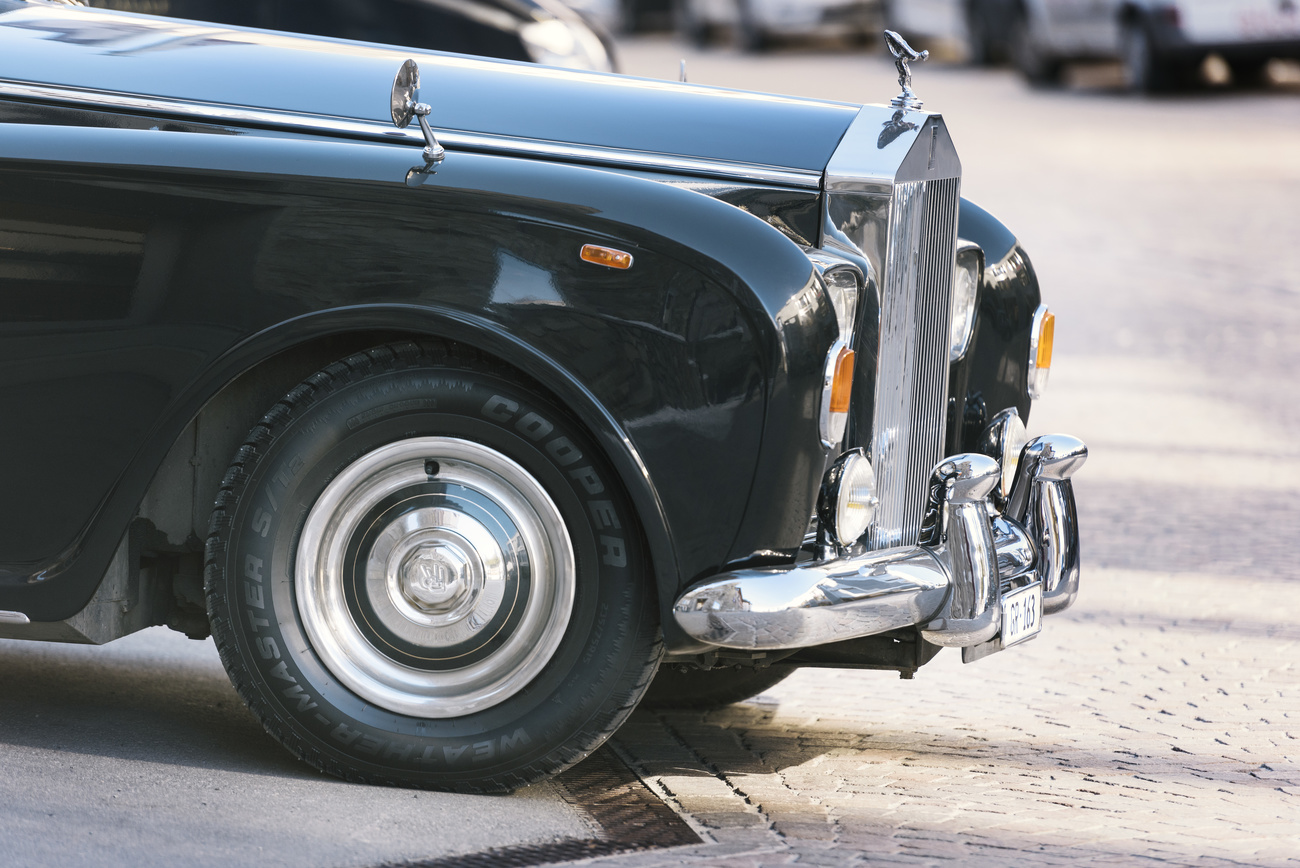



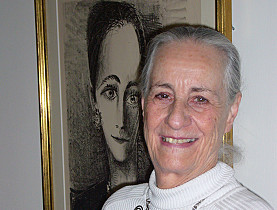

You can find an overview of ongoing debates with our journalists here . Please join us!
If you want to start a conversation about a topic raised in this article or want to report factual errors, email us at english@swissinfo.ch.